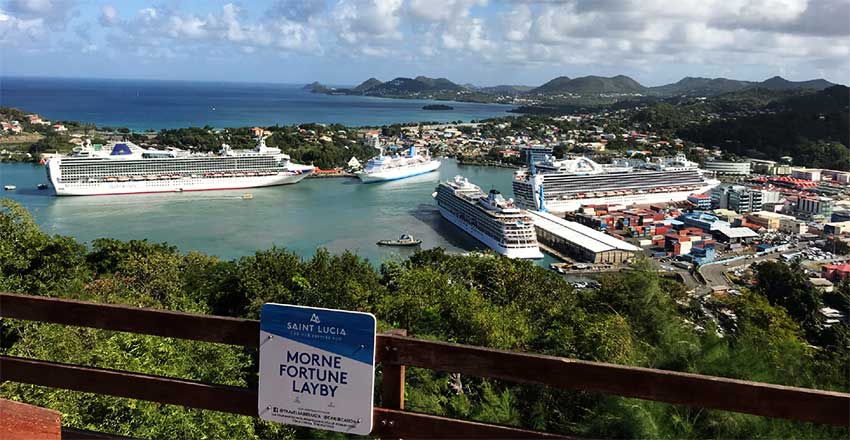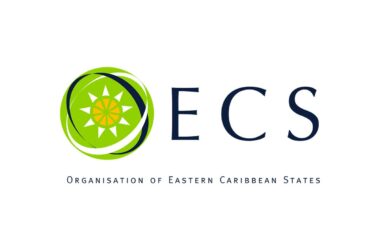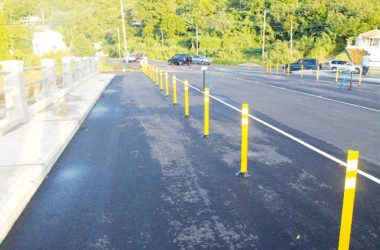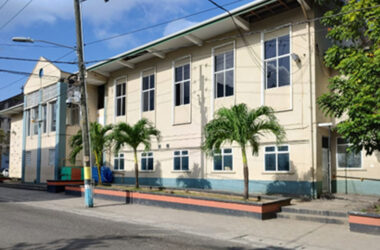Is the full story of the local tourism product being told to us?
We are fed a constant diet of what the Saint Lucia Tourism Authority labels as ‘good news’ coming from the industry. That ‘good news’ is always about increases in either stay over visitors, more cruise ships calling into port Castries, or more visitors overall for either the past year, the first quarter of the year, or other.
A lot have been said about the local product and a lot will continue to be said about it. Government is big on enhancing the product and is pushing a vehicle called ‘Village Tourism’ as the bright idea that will bring tourism to the average Jane and Joe giving them a slice, or a bigger slice, of the tourism cake.
Good ideas are certainly needed to grow the industry and the village tourism idea certainly looks and sounds like a good one, but have we taken into consideration the fact that we could find ourselves in a situation of overtourism, where our infrastructure may not be able to cope with larger and larger influx of visitors to our shores.
And what if this trend continues for the next five to 10 years, as seems to be suggested by Minister Fedee and his team at the Tourism Authority. Today it’s one million plus visitors visiting the country, next year may be 1.5 million. Five years from now it may be three million as Saint Lucia, as a destination, grows in popularity.
Can our infrastructure sustain an ever-increasing mass of visitors without any negative effects? This question is essential given what is happening to other popular destinations today, destinations that outpaced us in size, population, quality of infrastructure, income and the list goes on.
A CNN report recently highlighted what some countries are doing to deal with overtourism as they can no longer cope with their own popularity.
According to the CNN report, in 2018, the Oxford English Dictionary made “overtourism,” one of its words of the year defining it as an excessive number of visitors heading to famous locations, damaging the environment and having a detrimental impact on residents’ lives. It further stated that cities that had become reliant on tourism dollars undergo an identity crisis, wondering if they can start turning away such important sources of income.
The report went on to state what countries that find themselves in that situation are doing to reverse the negative impacts of overtourism. For example, Machu Picchu in Peru has introduced a four-hour time limit for visitors visiting the country’s most famous attraction – the ruins of the 15th century Incan citadel.
In Amsterdam, The Netherlands, the Tourism Board there has stopped promoting Amsterdam as a destination for travelers. The Dutch capital has taken bold steps to ease the chronic tourist overcrowding of its narrow streets. Amazingly, with visitor numbers forecast to reach 42 million by 2030, the city’s tourist board has decided to stop advertising.
Italy, Moscow and other countries hit with massive flows of tourists are doing something to counteract the impact such large influx of visitors have on their environment.
What about Saint Lucia? How many visitors can the country accommodate without any damage being caused to our environment?
Are we regulating, managing our tourism industry properly to prevent negative impacts?
From all observances, the good news is that Saint Lucia has not reached a state of overtourism, or have we? Are certain parts of our environment under threat as more and more visitors pour into the country?
While we do not have the answers to these questions, we are hoping that the tourism authorities here have an eye on the problem and are in a position to do something about it should it rear its head, if it hasn’t already.















